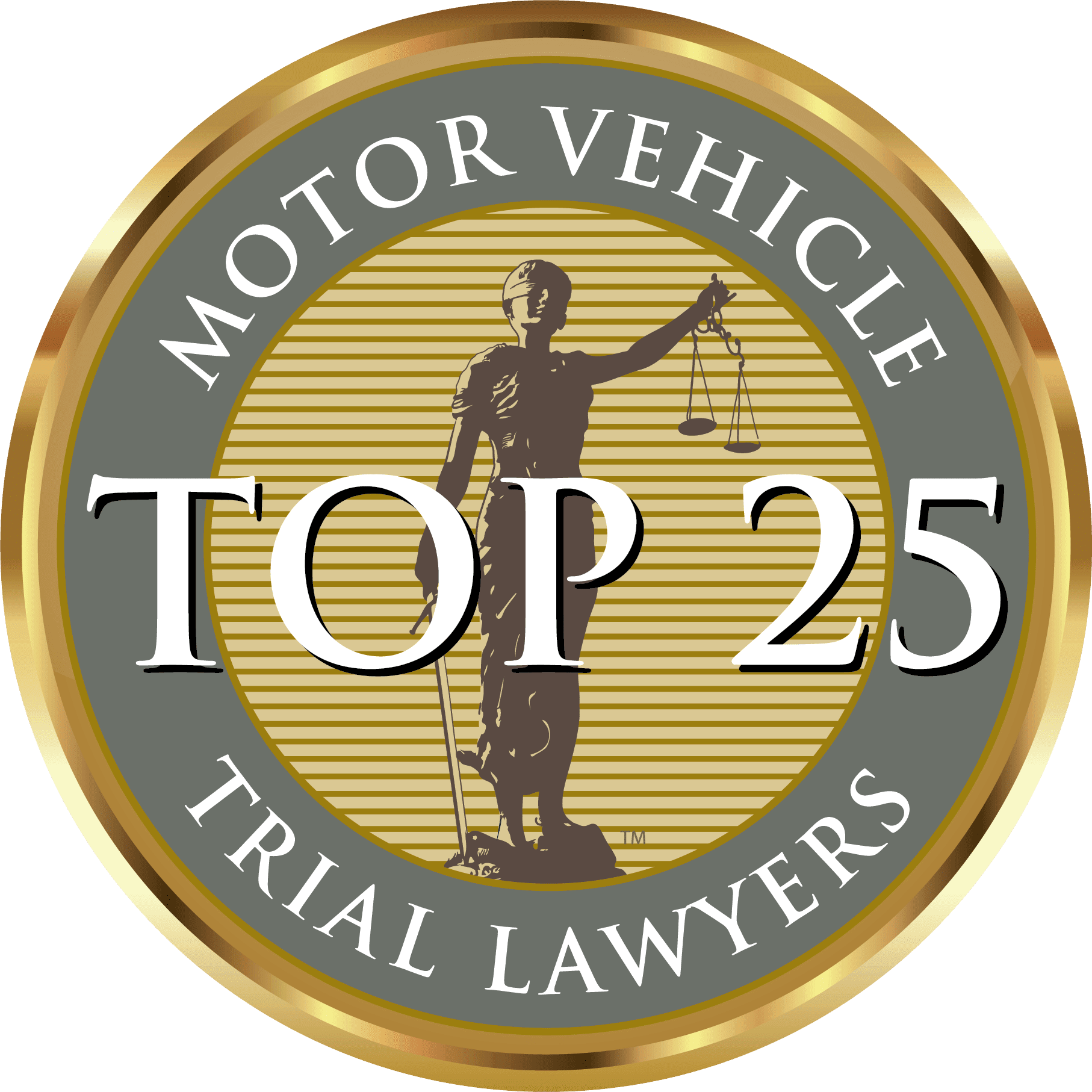Self-driving vehicles are designed to protect drivers and others on the road, but insurers are uncertain whether automated features actually reduce accident and injury risks.
In recent years, there has been a steady push for increased automation in newly manufactured vehicles. Self-driving cars and those with advanced crash avoidance systems are flooding the market and promise to reduce motor vehicle accident rates. Insurance companies are not yet convinced. Some claim that some self-driving features fail to function as promised while others have concerns about driver errors and manufacturing mistakes.
Our Team Is Here To Assist You Every Step Of The Way.
SPEAK TO AN ATTORNEY TODAYAAA Finds Flaws in Pedestrian Detection Systems
Pedestrian accidents are a major cause for concern among traffic officials. According to the Oklahoma Highway Safety Office (OSHO), close to 700 people are injured as a result of pedestrian accidents in our state alone each year. With little to protect them in crashes and collisions involving motor vehicles, injuries suffered by pedestrians tend to be severe. Roughly 10% of victims are killed in these crashes while hundreds of others suffer injuries that leave them with permanent disabilities.
Advances in automated vehicle technology promises to reduce these rates. Advanced emergency braking and pedestrian detection systems are designed to be alert for people on the road who the driver may fail to see and to take the actions needed to avoid hitting them. Unfortunately, recent studies by the American Automobile Association (AAA), one of the country’s leading insurers, claims that these systems generally fail to deliver.
AAA researchers tested pedestrian avoidance systems on some of the most popular vehicles using crash test dummies and the results were alarming:
- In 60% of cases, advance warning systems failed to prevent a pedestrian accident from occurring.
- At night, which is when pedestrian accidents are most likely to happen, the results were even more grim. Pedestrian warning and avoidance systems proved effective at preventing less than 11% of collisions.
- In simulated pedestrian accidents involving children, the AAA found that the current technology was completely unable to either detect or avoid a crash.
Insurers Express Lack of Trust in Automated Systems
It is not only pedestrian avoidance systems that have insurers concerned. According to the Insurance Information Institute (III), while other self-driving features do show promise in helping to avoid crashes and collisions on a general basis, there are two major risks:
- Driver errors: Vehicle camera monitors, sensors, and traffic warning systems are all designed to alert drivers to potential dangers. However, most require the driver to take some type of action and can be easily overridden.
- Manufacturer errors: Automated emergency braking, lane assist, and collision avoidance systems are programed to take action to prevent accidents from occurring. Unfortunately, manufacturing mistakes and errors are common and can prevent them from functioning properly.
Reach Out to Our Ponca City Motor Vehicle Accident Attorney
When car accidents involving self-driving vehicles happen, it can raise serious questions regarding liability. For help in getting the compensation you need to recover, reach out and contact BDIW Law to request a consultation.








